Prior to World War 2, almost all wine was made using whole-bunch, or whole-cluster, fermentation which (as the name suggests!) involves adding intact bunches or clusters of grapes to the fermenter. Shortly thereafter, commercial de-stemmers became widely available and winemaking methods throughout the world changed markedly forever. Or did they…
At harvest time, whole grape bunches are picked from the vineyard, then brought to the winery where they will begin their transformation from fruit to wine. The vast majority of wine today is made using destemmer-crusher machines that gently separate the individual grapes from their stems and slightly crush them before they are added to the fermentation vat. But some winemakers, for example those in the famed French region of Burgundy, continue to make wine using whole bunches, the way their ancestors did for generations before them. Wineries that choose to make wine this way are almost exclusively small, artisanal producers, who want to express their vineyard’s place and value quality and authenticity over all other considerations.
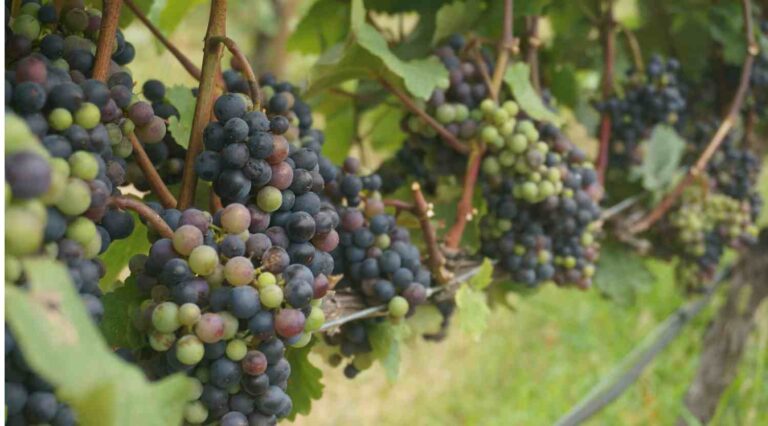
The vast majority of wine made using whole-cluster fermentation is red and Pinot Noir and Syrah are the most prevalent grapes made using this technique. Critical for success: ripe stems! Unripe stems will result in harsh, ‘green’ flavours. It may seem strange to consider the ripeness of a stem, but just like the grapes that they hold in place, stems ripen over the course of a growing season. So why would a winemaker choose to ferment whole bunches of grapes, stems and all? There are several reasons, all of which will speak to the wine’s style:
- One of the byproducts of fermentation (sugar converted into alcohol via yeasts) is heat. Warmer temperatures result in a faster ferment, increasing the chances that something goes awry. Most winemakers agree that a slower fermentation process, with careful attention to temperature control, is preferred. The inclusion of stems effectively cools the temperature of the ferment, thus slowing down the process and increasing the wine’s freshness and aromatics. For many winemakers, it is this added ‘freshness’ that is most appealing about whole-cluster ferments. This is especially true in today’s warming global climate, where ripeness and sugar levels are getting more challenging to balance.
- Whole-cluster wines tend to have floral, spicy and herbal notes in addition to more traditional fruit-forward flavours. This is not the preferred style for some winemakers and enthusiasts, who are looking for fruity, often richer, wines. But others prize these non-fruit characteristics and the increased complexity they can bring. These wines also tend to be more food-friendly, partnering nicely with a variety of fare.
- In addition to affecting a wine’s aromatic and flavour profile, stems will impact its structure and texture. This is mainly about tannin: the somewhat bitter, astringent compounds that grip and coat your mouth, providing that drying feeling when drinking (mostly red) wine. Tannins in wine come from a variety of sources: grape skins; seeds; wood barrels used for aging; and, yes, stems. Tannins provide structure and a sense of weight in a wine and when managed properly are prized and pleasant. As heavily oak-aged wines become less popular, winemakers are instead using stems as an effective way to add subtler, more approachable tannins to their finished products.
- Some winemakers feel strongly that fermenting with stems adds to a wine’s sense of place, or terroir. Terroir is a little something ‘extra’ that is hard to define and impossible to quantify. The concept, once disputed, is now ubiquitous in the world of wine. Where a wine is made is undoubtedly the most important factor in how it smells, tastes and feels. So it is reasonable to assume that stems, and their inclusion during the fermentation process, have an impact on a wine’s ‘sense of place’ coming through in the glass.
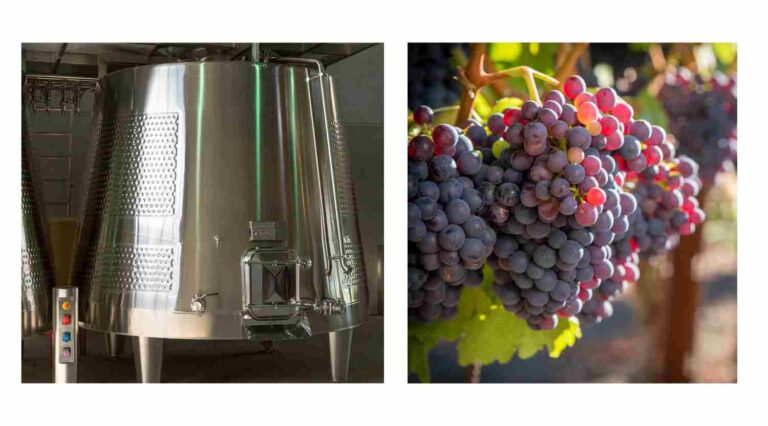
Seeking out this style of wine can be a challenge. Although a few wineries will choose to note ‘Whole Cluster’ on their front or back label, it is not that common. We’d suggest asking your local bottle shop or LCBO Product Consultant about whole-cluster wines – they should have some terrific examples for you to try!
Cheers!

The World’s Most Dangerous Wine – Domaine Bargylus
Domaine Barguylus is the only operating commercial winery in Syria. Situated atop the Jabal al-Ansariyeh (its ancient name was Mt. Bargylus), outside the port city
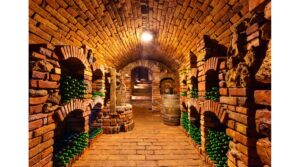
Aging Like a Fine Wine
Much like people, wine ages – it changes and evolves over time. And just like people, some wines age better than others! What is it
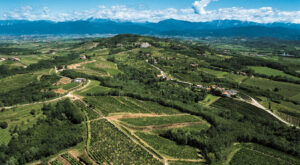
A Rosazzo by any other name…
Friuli, in the far northeastern corner of Italy, is one of the country’s least understood and most overlooked wine regions. Also known as Friuli-Venezia Giulia
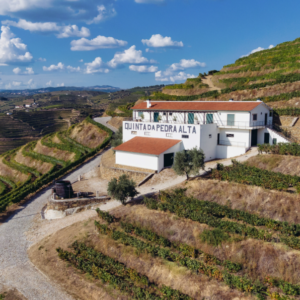
Destination Discoveries – Pedra Alta No. 10 Ten-Year-Old Tawny Port
Despite its relative decline in sales and popularity, Port remains one of the world’s great wines, and great wine values. At their best, they are
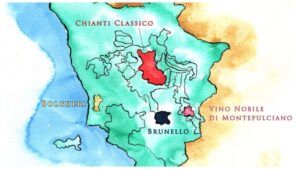
2019 Salcheto ‘Vecchie Viti del Salco’ Vino Nobile
Though lesser known than Chianti Classico and Brunello di Montalcino, Vino Nobile is one of Italy’s great wines. It was one of four regions to

Alandes Paradoux Sémillon/Sauvignon Blanc & Red Blend
Alandes (Along the Andes) is the passion project of renowned winemaker, Karim Mussi. His vision was to craft high altitude wines, using a ‘laissez-faire’ philosophy, with

